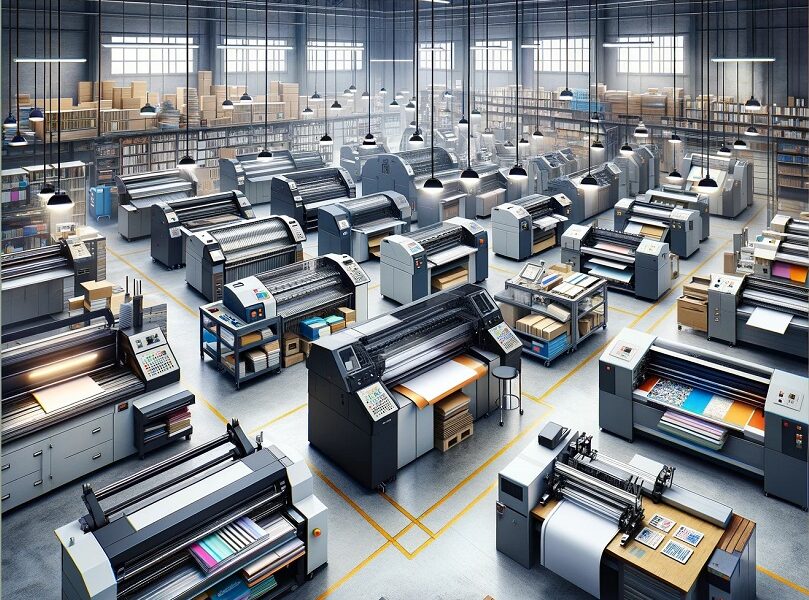In the intricate world of printing and production, the journey from a raw print to a polished final product is pivotal. Central to this transformation is print finishing equipment, a tool suite that elevates a simple image into a professional and refined development. This article dives into the industry’s significance, types, and impact of print finishing equipment.
Why Finishing Matters in Printing
Finishing in print production is not merely an afterthought; it’s a crucial phase in determining the final product’s quality and appeal. Whether cutting, binding, or laminating, each step adds value and functionality to the printed material.
Types of Print Finishing Equipment
- Cutters and Trimmers: These ensure precise edges and are essential for a neat presentation.
- Binders: From spiral to perfect binding, they provide durability and a professional look to documents.
- Laminators: Enhance and protect the print, adding a sleek finish.
The Impact of Quality Finishing
- Enhanced Durability: Protects against wear and tear.
- Professional Appearance: Elevates the aesthetic appeal.
- Functionality: Adds practical elements like folding or binding.
The Process: Enhancing Every Print
The process of print finishing varies depending on the project. A brochure might involve folding and stapling. For a book, binding is critical. Each step requires precision and the right equipment to achieve the desired outcome.
Case Studies: Transformations in Action
- In Marketing Materials: Brochures and flyers gain an edge with quality finishing.
- In Book Publishing: The proper binding makes a book durable and user-friendly.
- In Business: Professional reports and presentations are enhanced with superior finishing.
Choosing the Right Equipment
Selecting the right finishing equipment is as important as the printing process itself. Considerations include the material type, production volume, and specific finishing requirements. Automation and speed are also critical factors in high-volume settings.
Conclusion
The role of print finishing equipment in the printing industry cannot be overstated. These tools complete the printing process and add immense value to the final product, making it more appealing, durable, and functional. Investing in the correct finishing equipment is essential in a world where the quality of printed materials can make a significant difference in how they are perceived. From sleek laminates to sturdy bindings, the journey from print to perfection is critical, and these finishing touches make all the difference.











